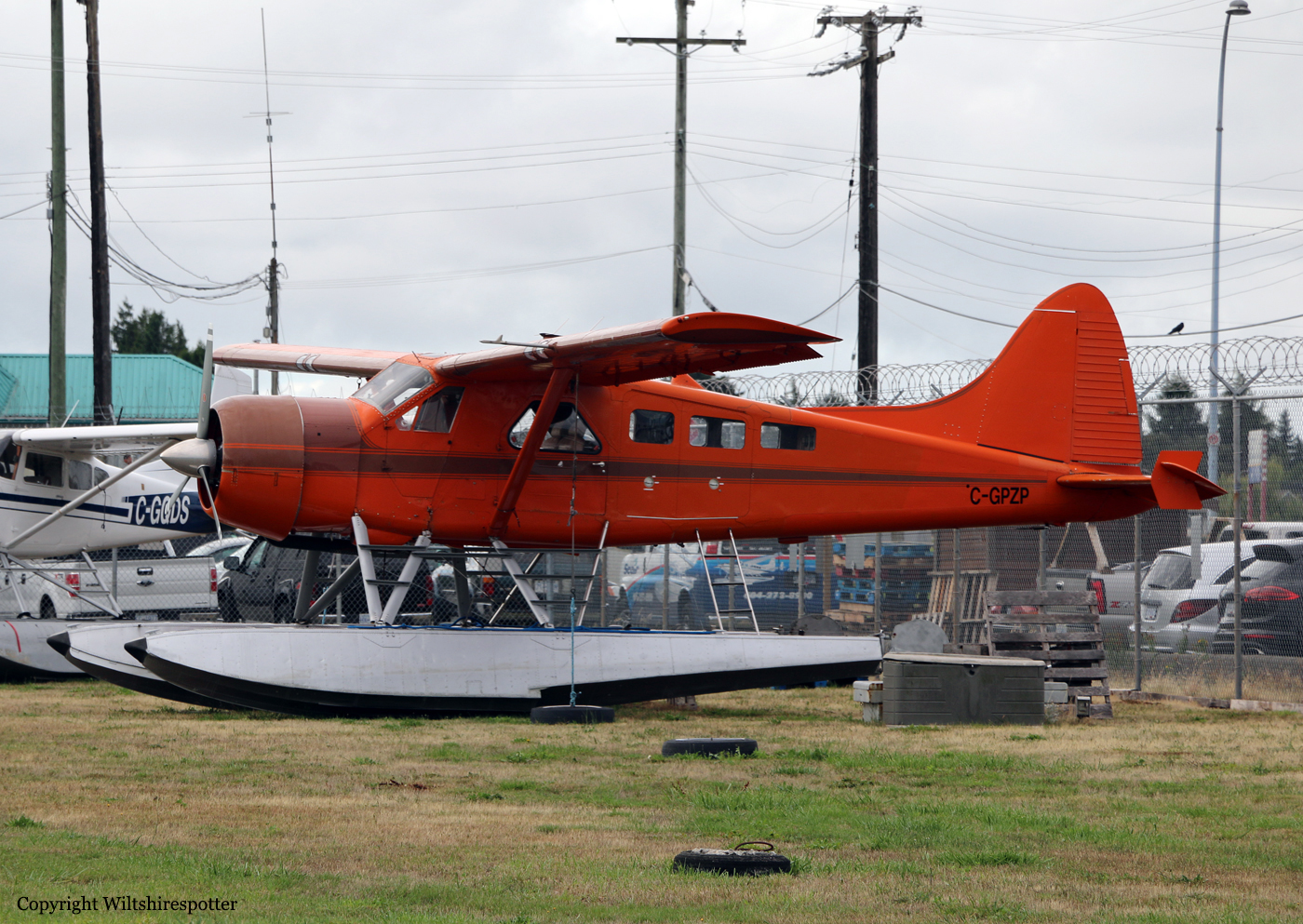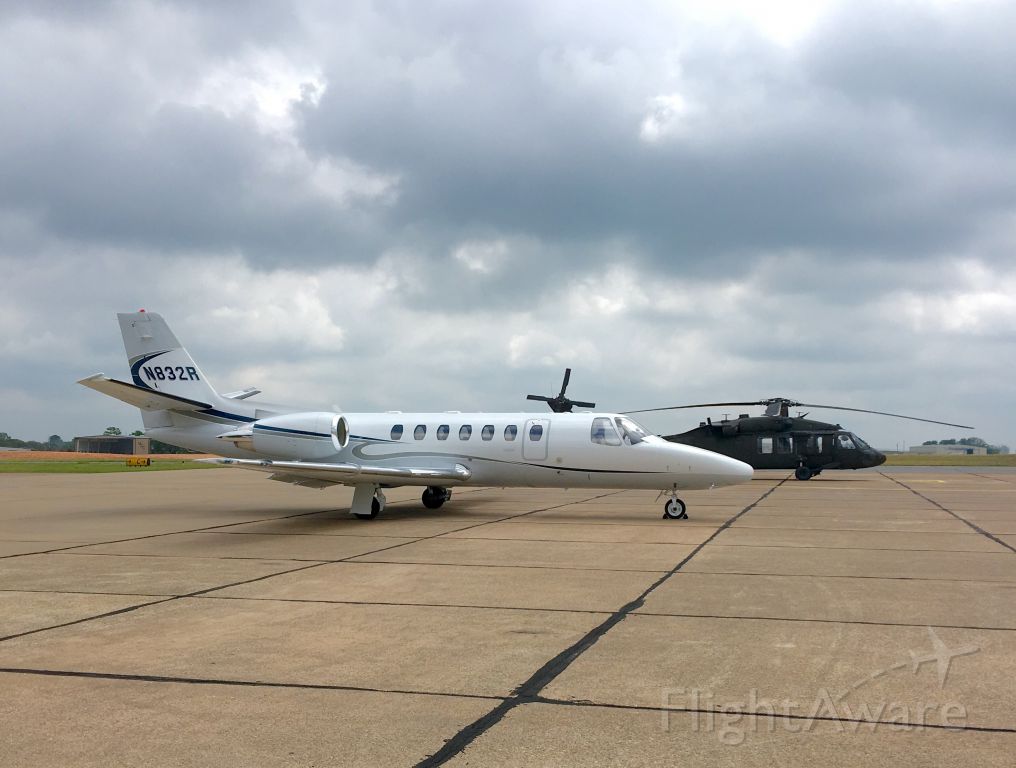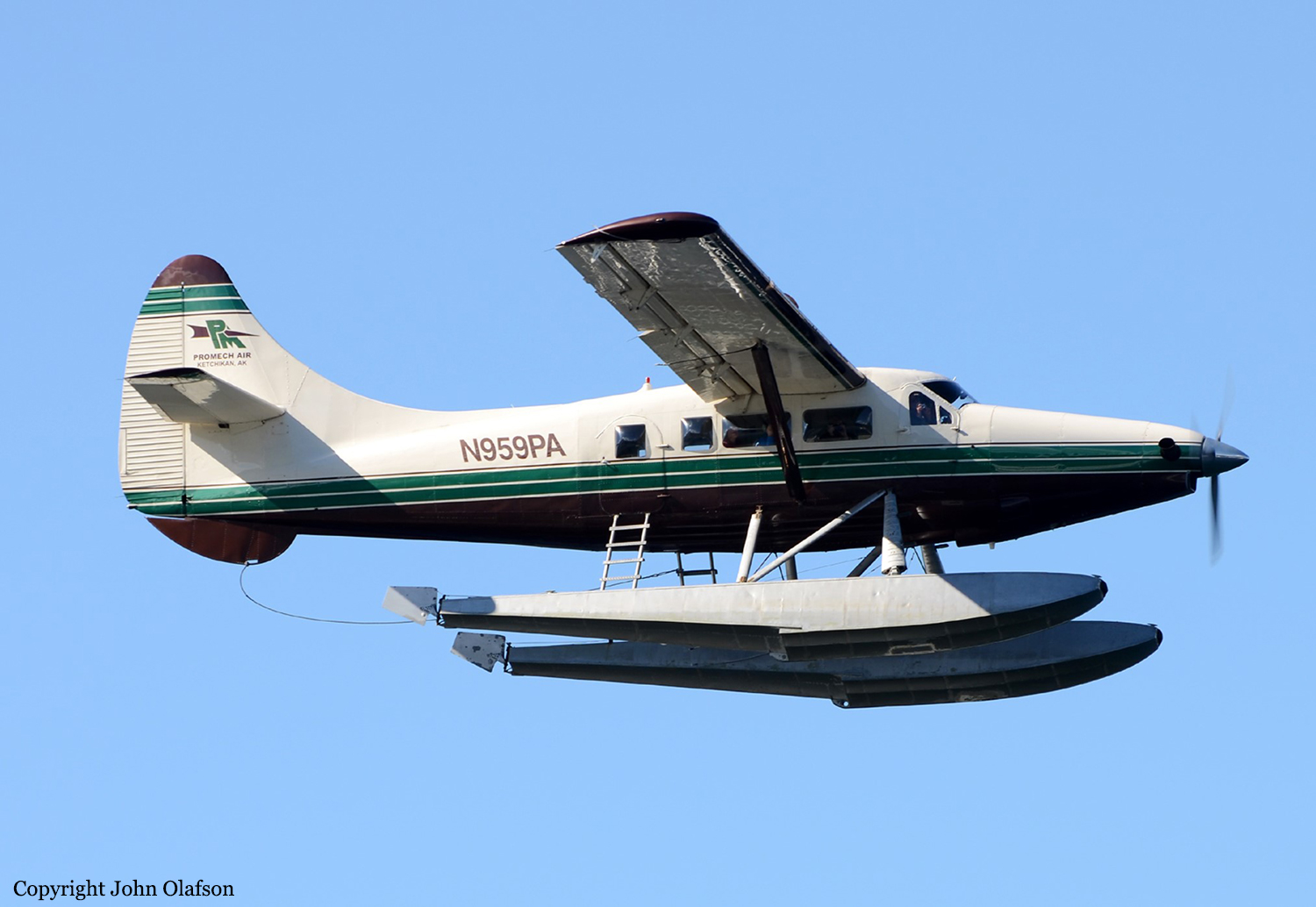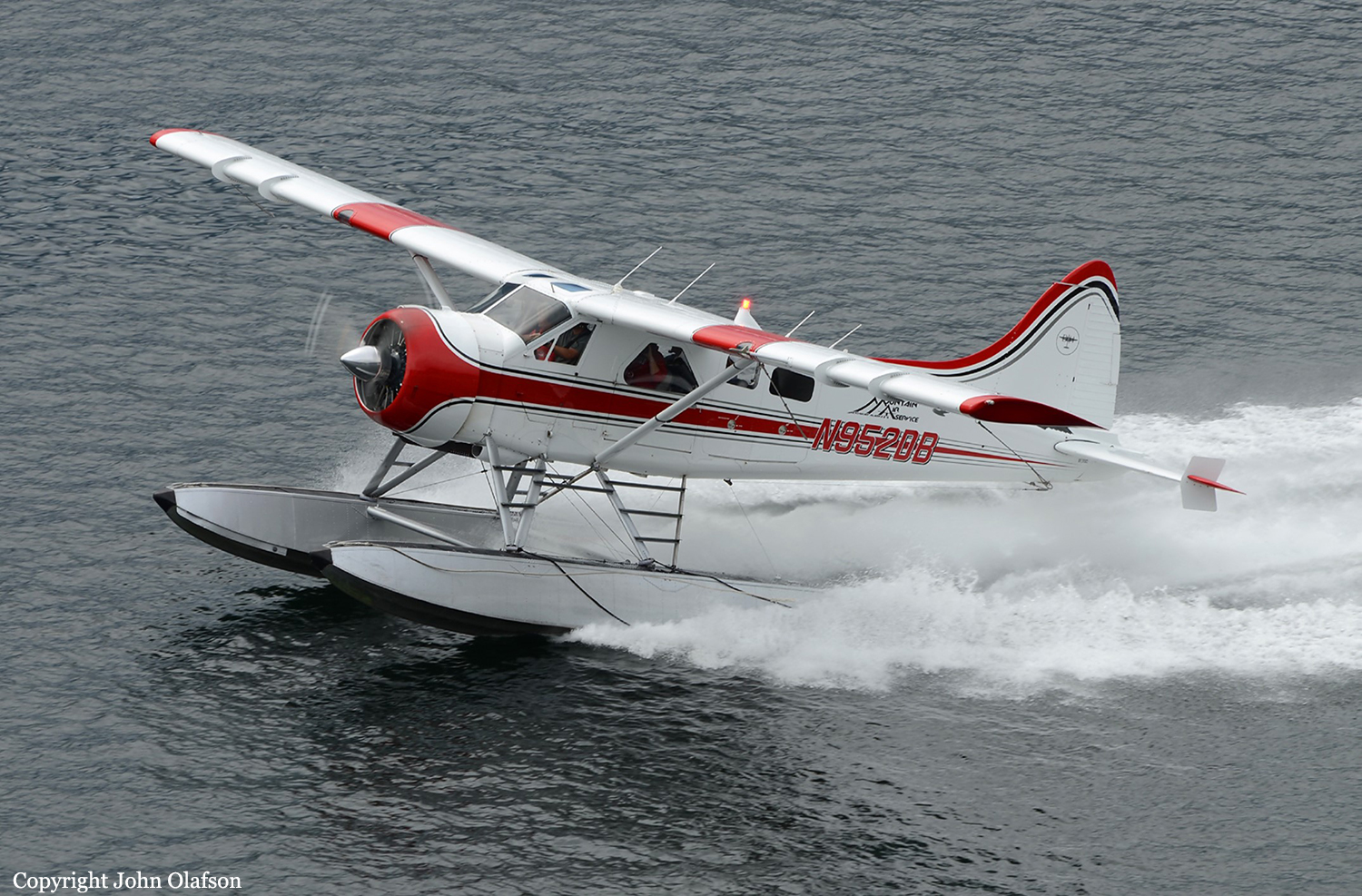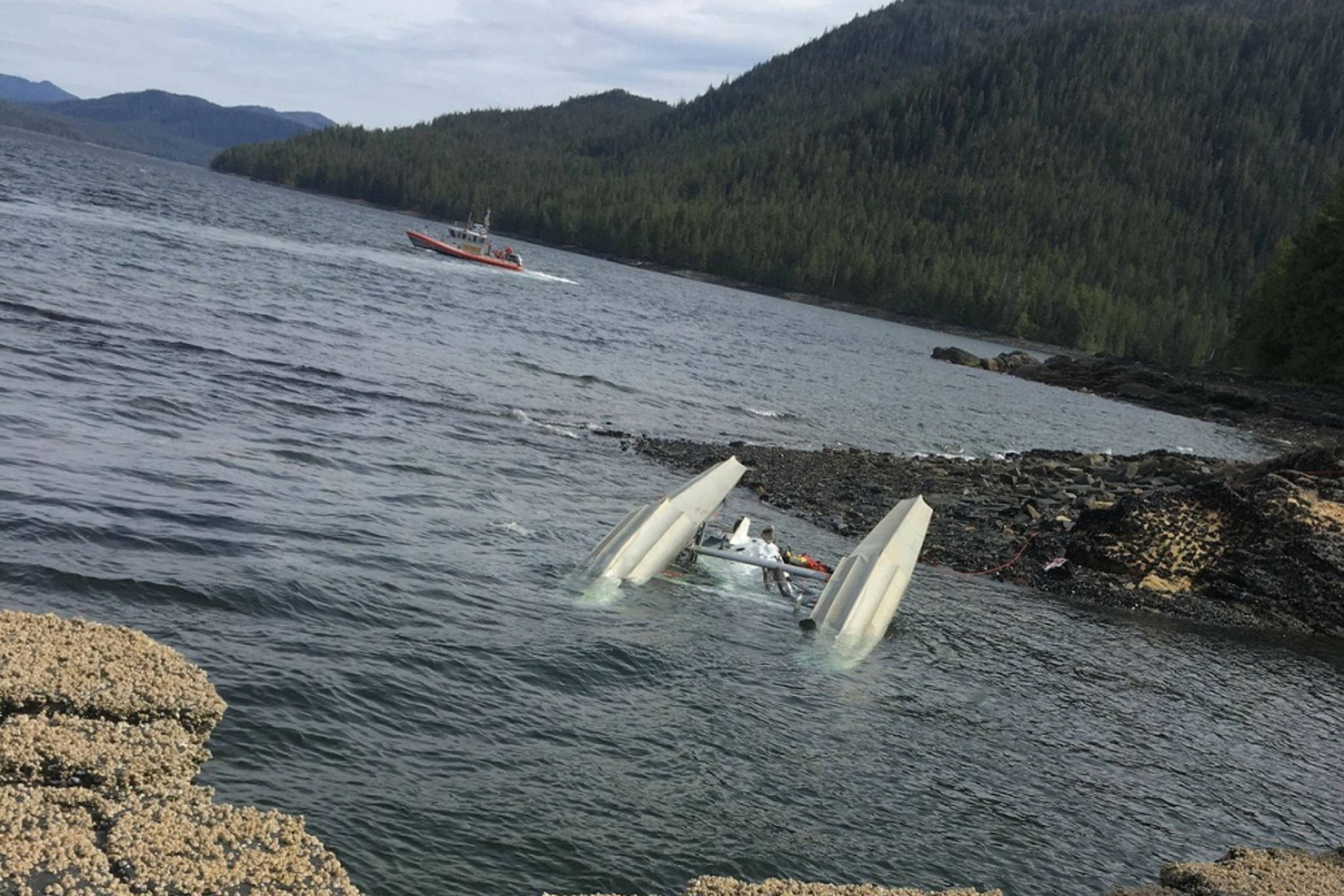Crash of a Douglas DC-3C off Nassau
Date & Time:
Oct 18, 2019 at 1630 LT
Registration:
N437GB
Survivors:
Yes
Schedule:
Miami - Nassau
MSN:
19999
YOM:
1944
Crew on board:
2
Crew fatalities:
Pax on board:
0
Pax fatalities:
Other fatalities:
Total fatalities:
0
Circumstances:
On the 18th October 2019, at approximately 4:30 PM local time, a Douglas DC-3C aircraft, registration N437GB crashed in the ocean; at coordinates 25°05.55N 077°30.29W, approximately 2.87miles from Runway 14 at the Lynden Pindling International Airport (MYNN) Nassau, Bahamas. There were 2 souls on board. The pilot reported that the left engine failed approximately 25-30 nautical miles from MYNN. The pilot further stated that during single engine operation, the aircraft performance was not optimal so the decision was made to land the aircraft in the ocean. The Air Traffic Control tower was notified by the crew of N437GB, that they will be performing a control water landing. The Royal Bahamas Defense Force was notified. Rescue efforts were then put into place. No injuries were received by the occupants of the aircraft. Aircraft could not be located for physical analysis to be carried out. The weather at the time of the accident was visual meteorological conditions and not a factor in this accident. A limited scope investigation was conducted, no safety message or recommendations were issued.
Probable cause:
Failure of the left engine on approach for unknown reasons.
Final Report:




